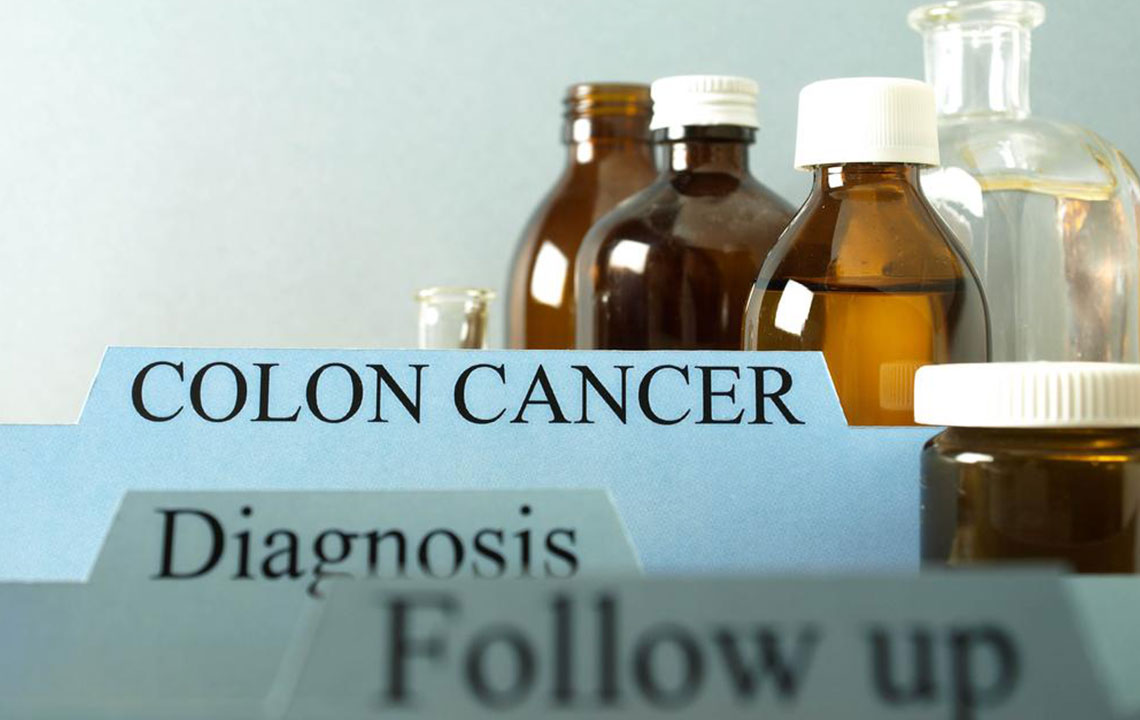Comprehensive Overview of Breast Cancer Detection, Screening, and Treatment Strategies
This comprehensive guide explores breast cancer detection methods, screening protocols, and treatment approaches. Emphasizing early diagnosis through mammograms and MRIs, it highlights the importance of routine check-ups for women over 40 and those with risk factors. The article details surgical options like mastectomy and lumpectomy, supplemented by radiation and chemotherapy, and discusses the multidisciplinary strategies used at advanced stages. Insurance coverage and preventive measures are also addressed, providing women with essential information to manage breast health proactively and improve treatment outcomes.

In-Depth Guide to Breast Cancer Screening Methods and Therapeutic Approaches
Breast cancer remains one of the most common cancers affecting women worldwide. While many breast lumps encountered during self-examinations or medical checks are benign, the discovery of a lump or abnormality should prompt immediate medical evaluation. This is because such signs could be early indicators of breast cancer, which, if detected early, significantly improves the chances of successful treatment and survival. Due to the asymptomatic nature of early-stage breast cancer—meaning symptoms often don’t manifest until advanced stages—regular screenings are critically important. Women, particularly those over age 40 or with a family history of breast cancer, are strongly encouraged to undergo routine screenings, but it’s important to recognize that women of all ages can be at risk.
Understanding Breast Cancer Screening and Treatment Options
Early detection of breast cancer through systematic screening methods plays a vital role in improving prognosis and expanding treatment options. For women aged 50 to 75, medical guidelines typically recommend having a mammogram every two years, although individual circumstances may vary. For women over 40, personalized screening schedules should be discussed with healthcare providers to optimize early detection. Common screening tools include mammograms and magnetic resonance imaging (MRI), which provide detailed images of breast tissue. When abnormalities are identified, further diagnostic procedures such as biopsies are employed to confirm the presence and stage of cancer.
Prompt diagnosis enables less invasive treatments, which can include surgical procedures such as mastectomy or lumpectomy, often combined with radiation therapy and chemotherapy to eliminate cancer cells and reduce recurrence risk. As the disease advances, a multidisciplinary approach becomes necessary, integrating targeted therapies, hormone treatments, and participation in clinical trials to explore promising new options. Health insurance typically covers most breast cancer diagnostic and treatment procedures, but patients should verify coverage details to avoid unexpected expenses. Preventive measures, self-examinations, and routine screening remain essential components in managing breast health effectively.





